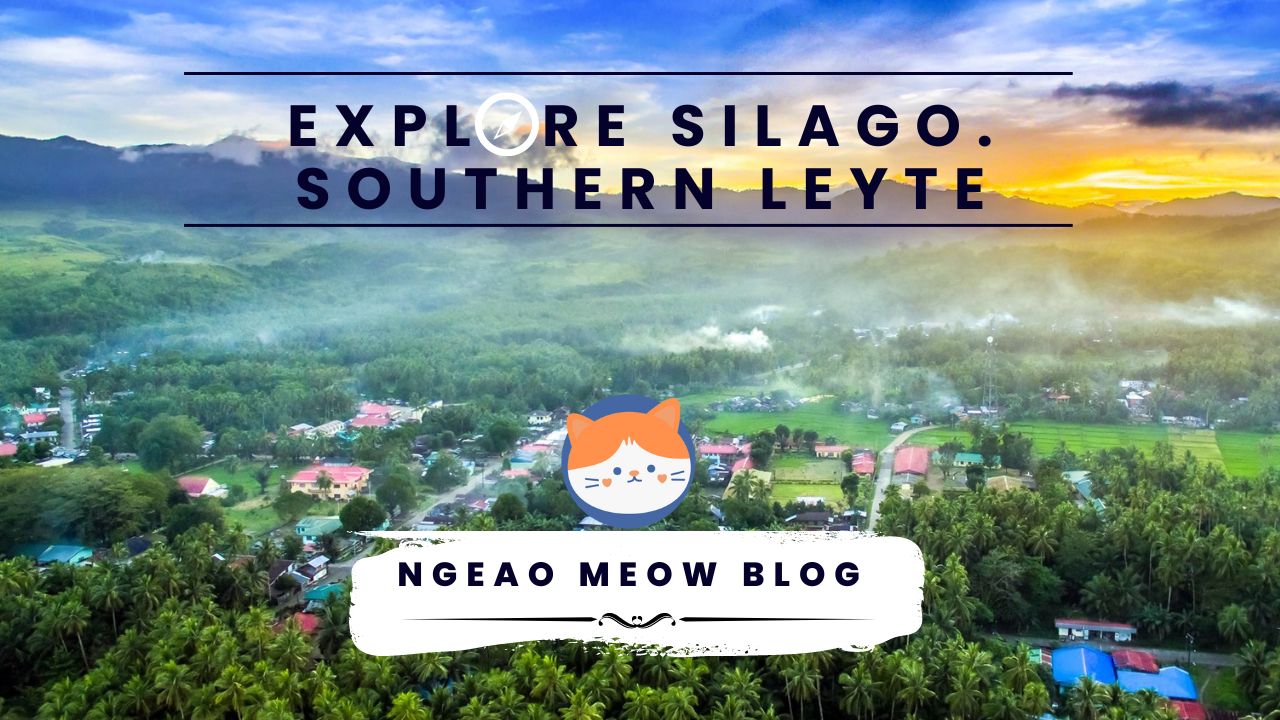
Silago, located in Southern Leyte, was once considered the most isolated and far-flung town in the southern part of Leyte island. For years, billboards facing south towards Hinunangan welcomed the primary traffic in the area.
However, the construction of the Abuyog-Silago road has brought significant changes to the town. The journey time from Tacloban City, which used to take 7 to 9 hours, has now been reduced to only 2 hours. As a result, billboards along the highway now face north to welcome motorists from Tacloban.
Silago is a coastal town on the northeastern side of Southern Leyte province, classified as a 5th-class municipality. It is bordered by Abuyog to the north, Leyte Gulf and the islands of Homonhon and Dinagat to the east, Sogod and Mahaplag to the west, and Hinunangan to the south. Its land area extends from the shoreline to the hinterlands, reaching up to the southern slope of Mt. Nacolot.
Despite being initially a barrio of Hinunangan, Silago has received recognition as the cleanest and greenest town in Region 8. Its reforestation efforts have also been commended, making it one of the best in the region.
History
The town’s history dates back to the early 1900s when it was still part of the municipality of Hinunangan.
During the American colonial period, Silago was a barrio of Hinunangan. The town was established as a separate municipality on May 17, 1951, through Executive Order No. 326 signed by President Elpidio Quirino.
Silago’s name is believed to have been derived from the local dialect “sirago,” which means “to dig” or “to excavate.” This refers to the town’s rich natural resources, particularly its fertile soil suitable for agriculture.
The town’s economy mainly relies on agriculture, particularly rice and coconut farming. Its coastal location also provides opportunities for fishing and aquaculture.
Silago has undergone significant development in recent years, with improvements in infrastructure and the establishment of new businesses. The town is known for its beautiful beaches, clear waters, and scenic views, making it a popular tourist destination in Southern Leyte.
Native Delicacies
Like many other regions in the Philippines, Silago has its own set of traditional delicacies that are unique to the area. Here are some examples:
- Sinina – A type of seafood soup made from fresh crabs, shrimp, and fish cooked in coconut milk and various spices.
- Bakasi – A type of eel that is native to the area and is often grilled or fried and served with a dipping sauce made from vinegar, soy sauce, and chili.
- Kinhason – A type of sea snail that is commonly found in the area and is usually cooked in a variety of ways such as adobo, ginataan, or kinilaw.
These are just a few examples of the many native delicacies that can be found in Silago, Southern Leyte.
How to get there?
There are different ways to get to Silago depending on your starting point, but here are some general directions:
By Air:
If you’re coming from outside the province, the nearest airport is the Daniel Z. Romualdez Airport in Tacloban City. From there, you can take a van or bus going to Silago via the Maharlika Highway.
By Land:
If you’re coming from other parts of the province or nearby regions, you can take a bus or van going to Silago from the nearby towns and cities like Maasin City or Sogod. There are also vans and buses from Cebu City that go directly to Silago.
Once you arrive in Silago, you can take a tricycle or jeepney to get around the town. It’s best to ask for directions from the locals or the driver to make sure you get to your destination.

